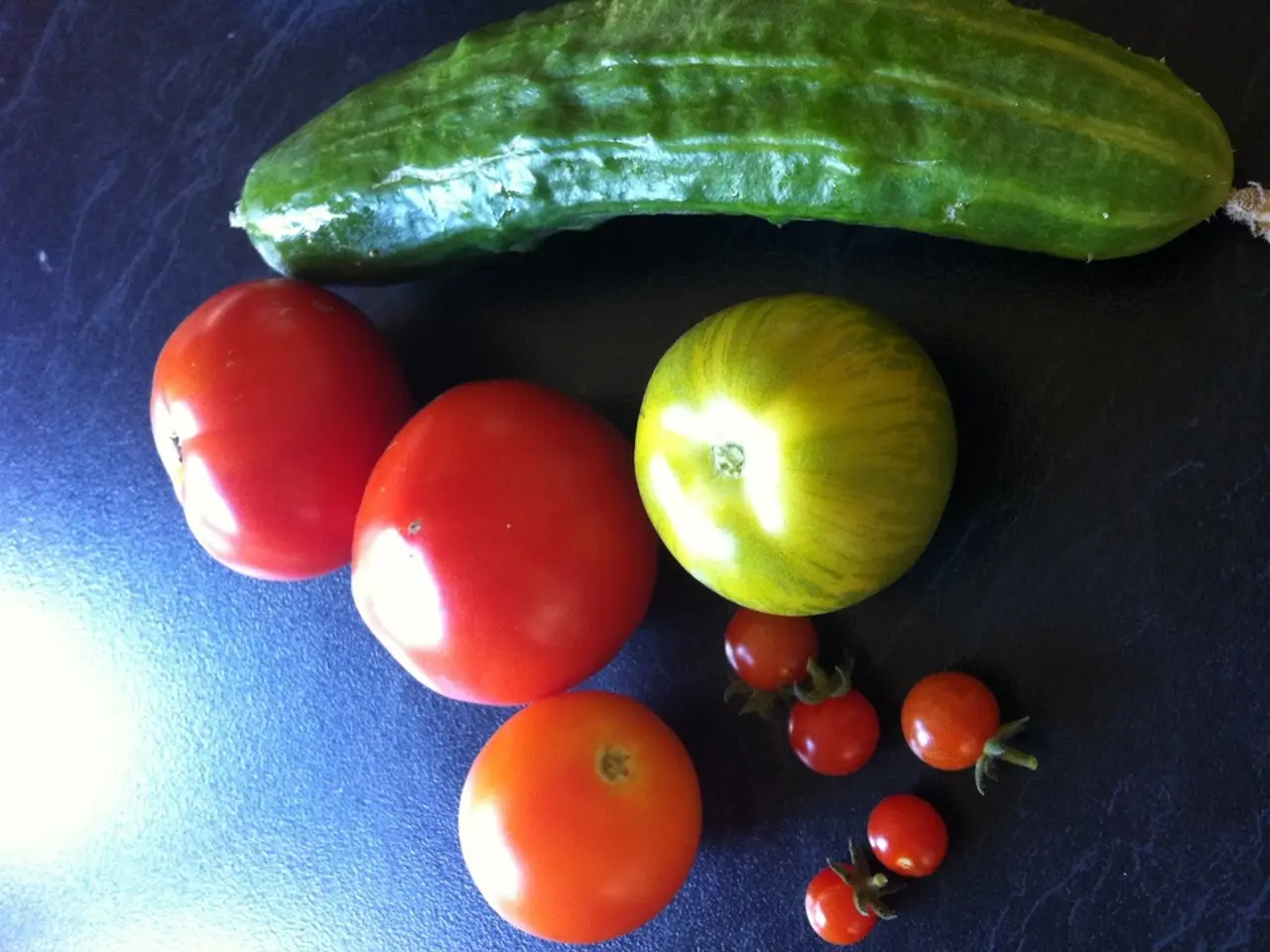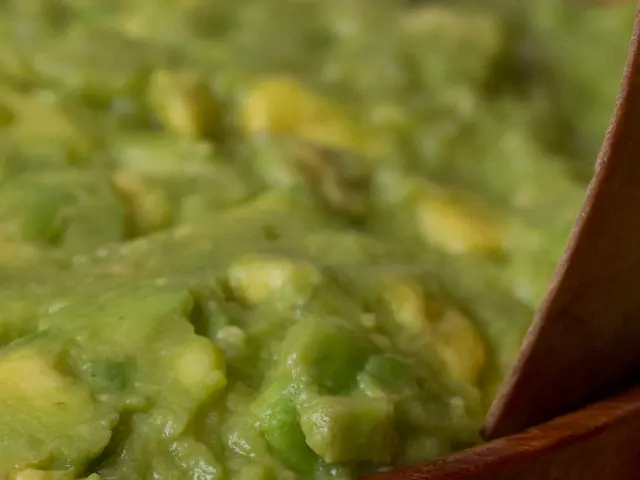Preparing Homemade Infant Food with Produce Straight from Your Garden
In the modern world of parenthood, one trend that has gained popularity is the preparation of homemade baby food. A German organization, Urbane Gärten, offers valuable advice and tips for creating a vegetable garden and provides knowledge useful for homemade baby food recipes. This guide will walk you through the steps of making your own baby food, from garden setup to storage, and offer some insights into the benefits of this practice.
First and foremost, it's essential to understand that homemade baby food should only be kept at room temperature for about two hours. After that, it needs to be refrigerated or frozen to prevent spoilage. Cooked and pureed whole foods and vegetable baby foods can last about two days in the refrigerator, while baby food purees can be stored in the freezer for up to a month.
When it comes to suitable fruits for homemade baby food, avocado, cantaloupe, watermelon, apple, peaches, plums, pears, and blueberries are all great options. For vegetables, squash, zucchini, carrots, kale, spinach, peas, sweet potato, cauliflower, broccoli, and green beans are all suitable choices. However, raw veggies and honey are not suitable for babies, so be sure to cook your vegetables thoroughly and avoid using honey in any recipes.
Making homemade baby food can be more environmentally friendly due to reduced packaging waste and less expensive than store-bought. Additionally, homemade baby food can prepare your baby to transition to the same foods the rest of the household eats, providing a sense of familiarity and fostering a love for healthy eating from an early age.
When introducing new foods to your baby, it's crucial to consult a pediatrician or dietician first to understand safety rules and potential allergies. A common approach when introducing new foods is to wait a couple of days after serving to check for any reactions. Steaming is the best cooking method for retaining nutrients, and washing, peeling, pitting, or seeding fruits and vegetables before cooking is a must.
Using ice cube trays to get small batches of baby food for easy thawing is a practical tip. With homemade baby food, you can control exactly what goes into your baby's food, ensuring they receive the best possible nutrition. Store baby food purees in sealed, airtight containers and label them with the date and time made for easy tracking.
In conclusion, making homemade baby food offers numerous benefits, from environmental friendliness to cost savings, and provides peace of mind knowing exactly what your baby is eating. With a little planning and the right resources, you can create delicious and nutritious homemade baby food for your little one.
Read also:
- Is it feasible for nuclear energy to supplant coal-based electricity production in India?
- Pharmaceutical corporation to invest $30 billion in U.S. for increased natural gas production
- Demonstrating Carbon Capture in Agroforestry Through Digital Measurement Verification (MRV)
- Homeowners in Britain swiftly adopting eco-friendly home improvements







